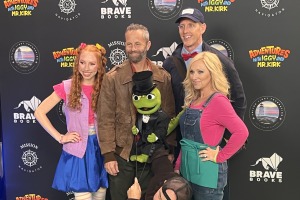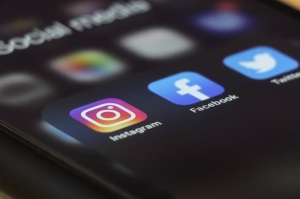William Shatner Reads Winning Message To NASA Voyager In Honor Of Probe's 40th Anniversary
In honor of the Voyager probe's 40th anniversary, NASA hosted a competition for space enthusiasts who wished to send a message to the distant craft. And who better to send a message to deep space than Captain Kirk himself, William Shatner.
During a news conference on the mission of the Smithsonian Air and Space Museum in Washington, D.C., the focus shifted to NASA's Jet Propulsion Lab (JPL) in California. It was there that Shatner joined the JPL staff to transmit a message to the probe which is currently 13 billion miles away from Earth.
The message was selected via popular vote from over 30,000 submissions. The winning message was submitted by Oliver Jenkins and was read aloud by the Star Trek star on Tuesday.
The message was simple yet concise, "We offer friendship across the stars. You are not alone." Shatner's transmission will arrive to the probe a day after it was sent with the one-way light time for the Voyager 1 currently at 19 hours.
"What an honor, I am so pleased to be here," Shatner said during his stay at the JPL. "It's a magical place, JPL, and this is a magical moment. To send a message to Voyager. And once it reaches Voyager, it keeps going, so it's like an advance man: Voyager coming! Voyager coming! To all the little green people out there."
The #MessageToVoyager contest was inspired by the Golden Record each craft carries with the hopes of encountering alien life. The entire process of submission, voting, and selection took about a month and was held using social media.
The Voyager probes were launched back in 1977 and have been on a journey to the vast cosmos ever since. During their 40 year journey, both Voyager 1 and Voyager 2 made groundbreaking discoveries and achievements in space exploration.
The two spacecraft can be tracked online on NASA's website with their distance from the Earth can be seen increasing in real time. The two have been the longest living craft as well as NASA's longest mission. To this day, the two probes continued to send information in five-minute intervals.




























